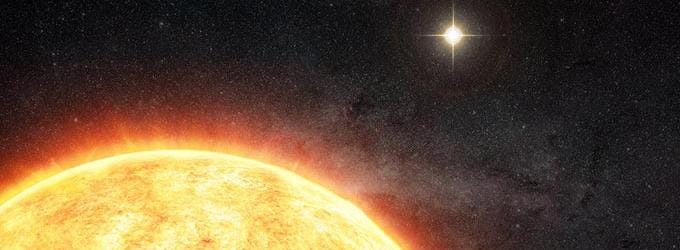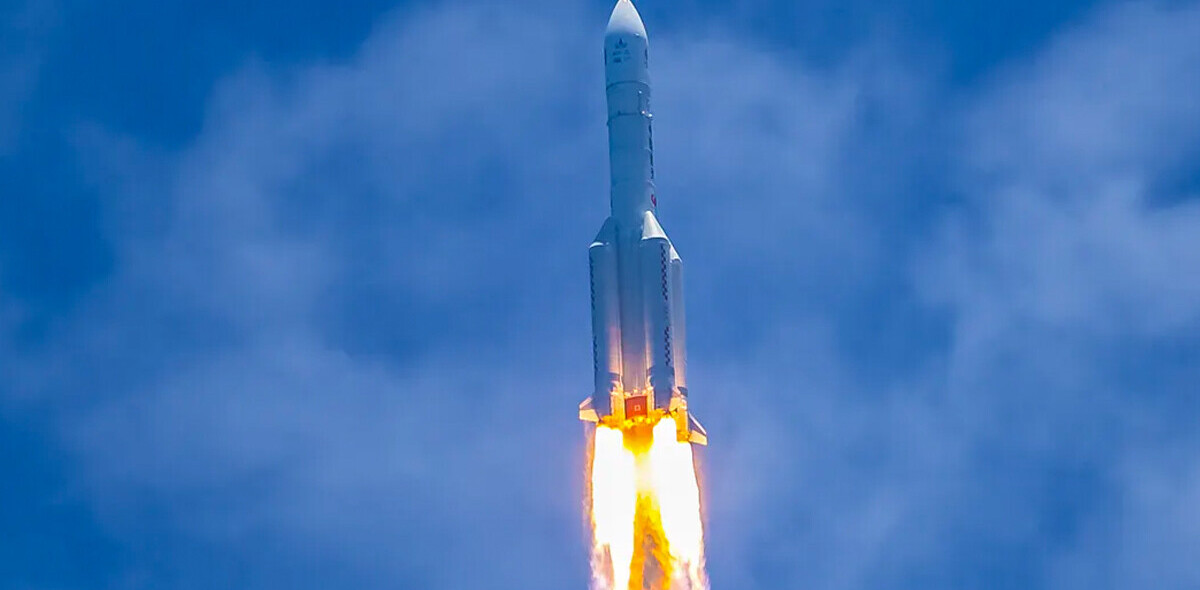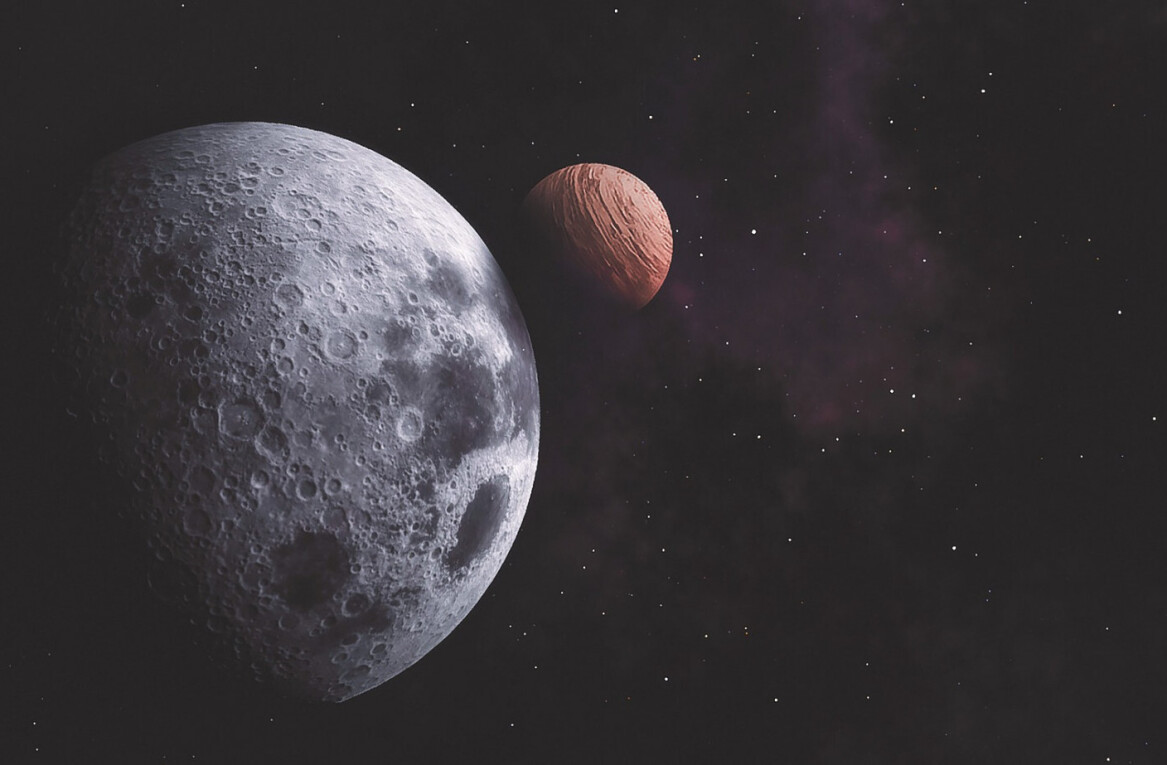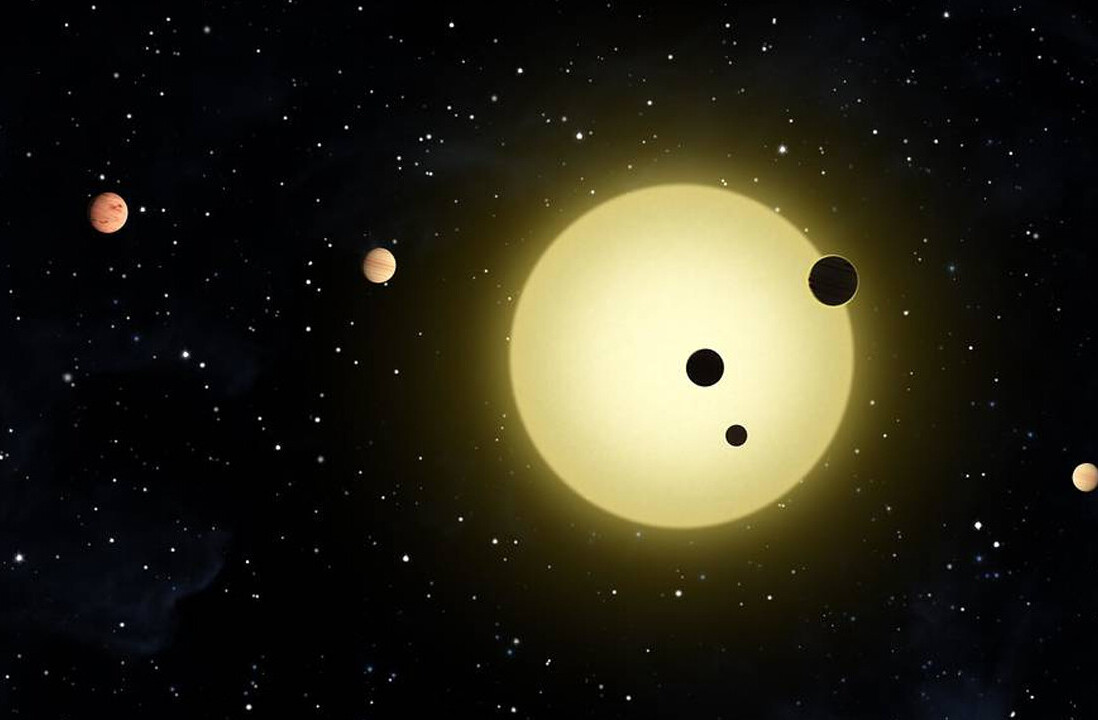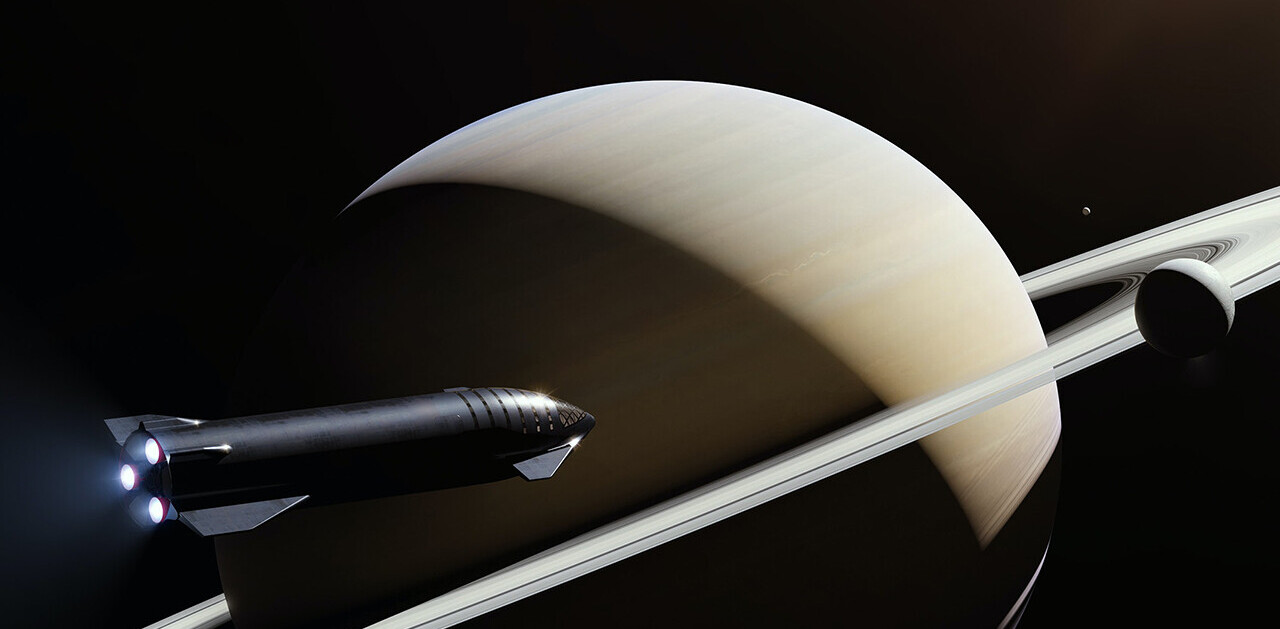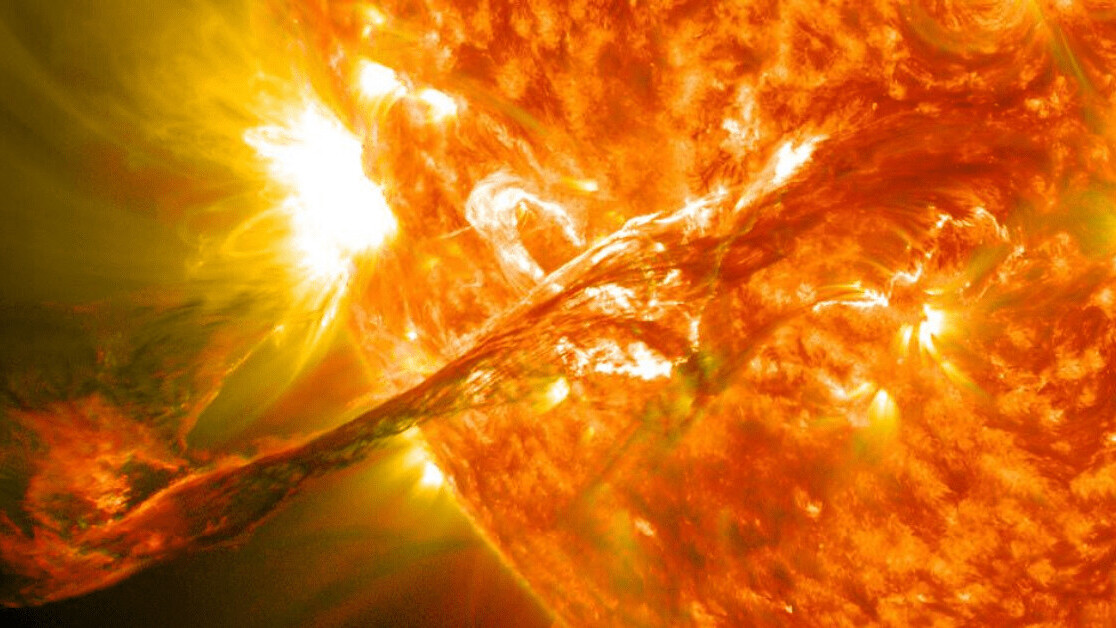
A twin star of the Sun may have formed along with our solar system, a new study from the Center for Astrophysics finds.
If confirmed, the presence of a second star would explain mysteries of the Solar System. This would mean the Oort Cloud at the edge of our system likely formed much as it is today. It would also mean that any “planet nine” beyond Neptune (should it exist) is likely a captured object from outside the Solar System.
Roughly five billion years ago, the Sun formed within a birth cluster — a collection of infant stars swimming in a cloud of molecular gas.
A cloud made of mountains
At the edge of our family of planets lies the Kuiper Belt — a doughnut shaped halo of icy objects including the dwarf planet Pluto. This belt, now being explored by spacecraft for the first time, is also home to short-period comets that journey to the inner solar system roughly once every 200 years. This region might also house at least one unseen, massive planet.
Well beyond the Kuiper Belt, the Oort Cloud is a diffuse collection of bodies stretching as far as one-quarter of the way to the nearest star.
“[T]he Oort Cloud is believed to be a giant spherical shell surrounding the rest of the solar system. It is like a big, thick-walled bubble made of icy pieces of space debris the sizes of mountains and sometimes larger. The Oort Cloud might contain billions, or even trillions, of objects,” NASA describes.
The hypothesized cloud of frozen mountains is also thought to be the source of the long-period comets which can take hundreds of thousands of years to complete a single orbit of the Sun.
In the most popular theory of the formation of the Oort Cloud, the diffuse collection of rock and ice took shape from debris ejected from the nascent solar system, together with flotsam from other planetary systems.
However, most stars are born in binary systems, and it seems likely our own Sun may have a long-lost twin, researchers speculated.
“Here, we consider a temporary binary companion to the Sun that could have existed only in the solar birth cluster, and explore the plausibility and implications of such a possibility for both the formation of the [outer Oort Cloud] and the capture of Planet Nine,” researchers wrote in an article published in the Astrophysical Journal Letters.
The expected concentration of material scattered from within the Solar System compared to interstellar debris could be explained by a binary model of stellar formation.
“Binary systems are far more efficient at capturing objects than are single stars. If the Oort cloud formed as observed, it would imply that the Sun did in fact have a companion of similar mass that was lost before the Sun left its birth cluster,” Dr. Avi Loeb of Harvard University states.
When you really want to get away from it all
At the outer edge of our planetary system, bodies follow orbits suggesting the presence of an unseen world orbiting far from the Sun. The discovery of such a Planet Nine (sometimes called Planet X) would lend further evidence to the idea that the Sun has a long-lost sibling.
“Objects in the outer Oort Cloud may have played important roles in Earth’s history, such as possibly delivering water to Earth and causing the extinction of the dinosaurs. Understanding their origins is important,” Amir Siraj, a Harvard undergraduate student, describes.
It may be impossible with current technology to find the estranged sibling of our Sun, due to the complex gravitational influences of hundreds of billions of stars in the Milky Way.
“Passing stars in the birth cluster would have removed the companion from the Sun through their gravitational influence. Before the loss of the binary, however, the solar system already would have captured its outer envelope of objects, namely the Oort cloud and the Planet Nine population,” Loeb stated.
Although we may never find this mysterious former companion to our Sun, our Solar System will forever be adorned by the grandiose Oort Cloud and its gift of once-in-a-lifetime comets.
This article was originally published on The Cosmic Companion by James Maynard, founder and publisher of The Cosmic Companion. He is a New England native turned desert rat in Tucson, where he lives with his lovely wife, Nicole, and Max the Cat. You can read this original piece here.
Astronomy News with The Cosmic Companion is also available as a weekly podcast, carried on all major podcast providers. Tune in every Tuesday for updates on the latest astronomy news, and interviews with astronomers and other researchers working to uncover the nature of the Universe.
Get the TNW newsletter
Get the most important tech news in your inbox each week.

